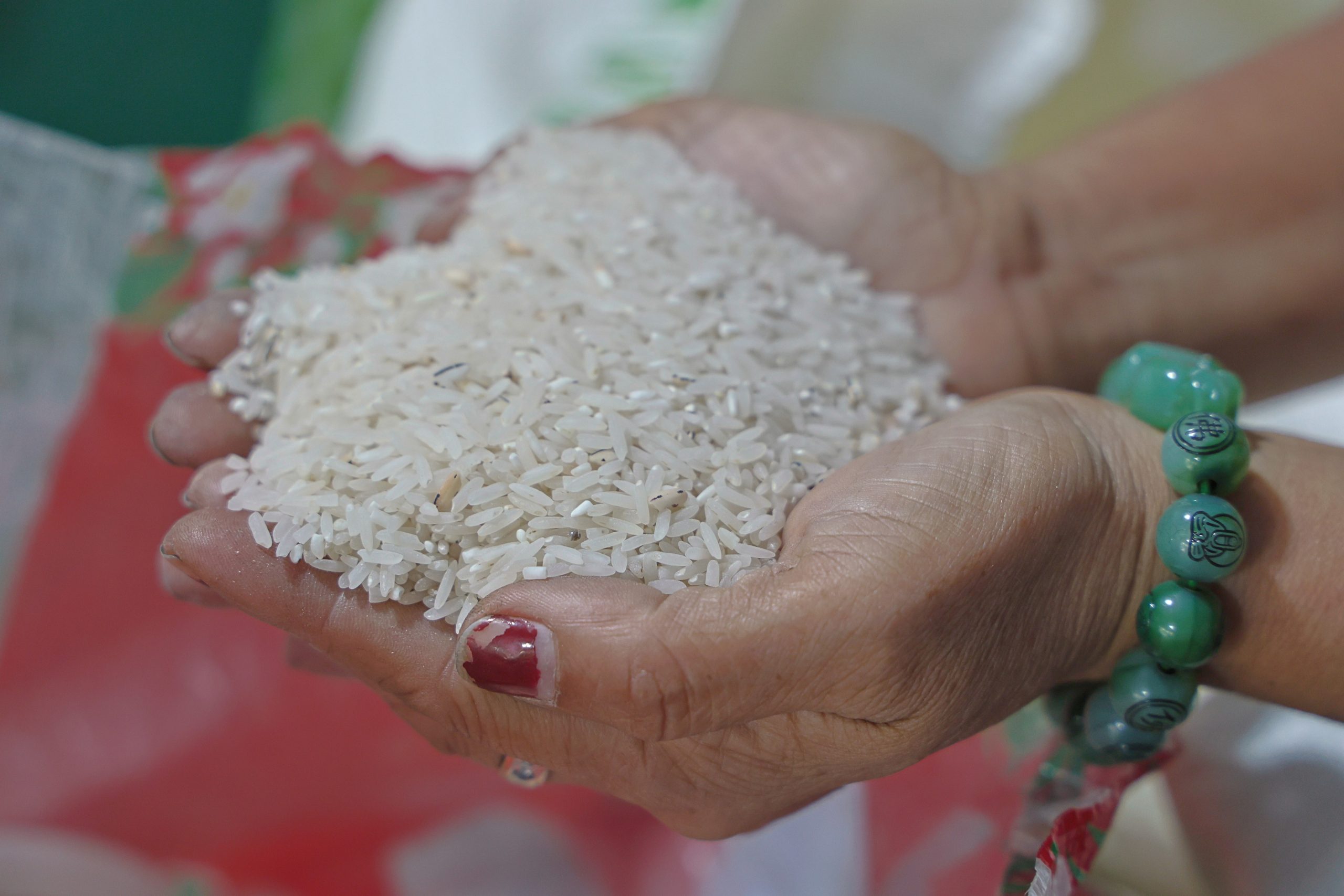
The Department of Agriculture is coordinating with the Department of Social Welfare and Development to directly supply poor Filipinos with rice instead of giving them cash grants to ease market pressure on the national staple.
Agriculture Undersecretary for Operations Roger Navarro told a recent news briefing in Malacañang that the DA and the DSWD are working out the details of possibly converting some of the cash grants to 4Ps beneficiaries into rice so that poor Filipinos don’t have to buy higher-priced rice in the market.
Navarro said that by doing so, government could ease demand for rice in the market by 20 percent, lowering inflationary pressure.
According to the Philippine Statistics Authority, the high cost of rice has tempered the sharp decline in January inflation to 2.8 percent due to lower cost of food, transport and utilities. Inflation in December stood at 3.9 percent.
Food, beverage and tobacco account for 74.5 percent of the basket of goods consumed by the bottom 30 percent of Filipino households—the poorest of the poor who are main beneficiaries of government’s 4Ps program. Of that consumer basket, rice accounts for 17.87 percentage points– double the weight in the basket of goods for all income households at 8.87 percent.
Usec. Navarro said the Philippines has ample rice supply due to bumper harvest last year and additional importations that arrived since January. But it’s difficult to reduce prices since cost of the grain even in rice exporting countries like Vietnam and Thailand– the Philippines’ main rice suppliers– are also elevated at P48 and P52 per kilo, respectively, he explained.
“The challenge is not the price of rice but more of stabilizing supply,” Usec. Navarro said. He noted that the Philippines consumes around 37,000 metric tons of rice per day and needs to import around 300,000 tons every month to supplement local production. As of Wednesday, Navarro has imported a total of 590,000 metric tons that will complement local output when harvest season starts in the coming months.
He said pushing rice prices down remain a challenge, especially since demand has risen due to India’s export ban on non-basmati rice and worries over supply because of El Nino and higher cost of fertilizer and other farm inputs.
Last year, the Philippines harvested a record 20.06 million metric tons of rice, allowing the country to reduce import volume to around 3.5 million metric tons from 3.8 million tons in 2022. ###














